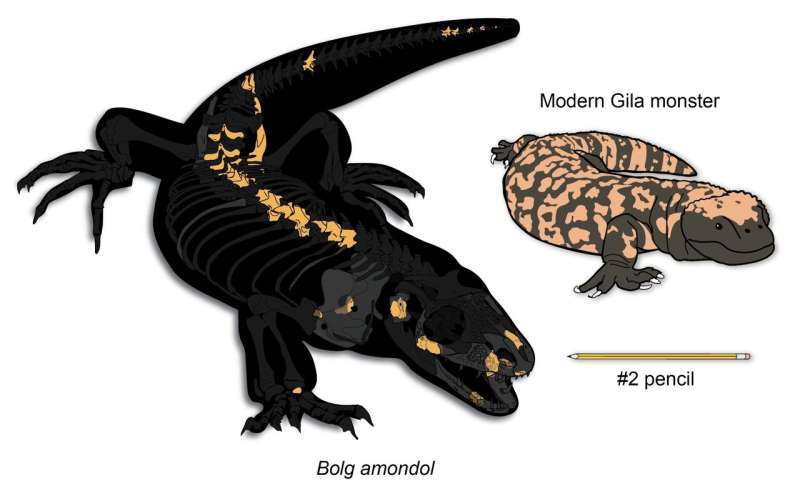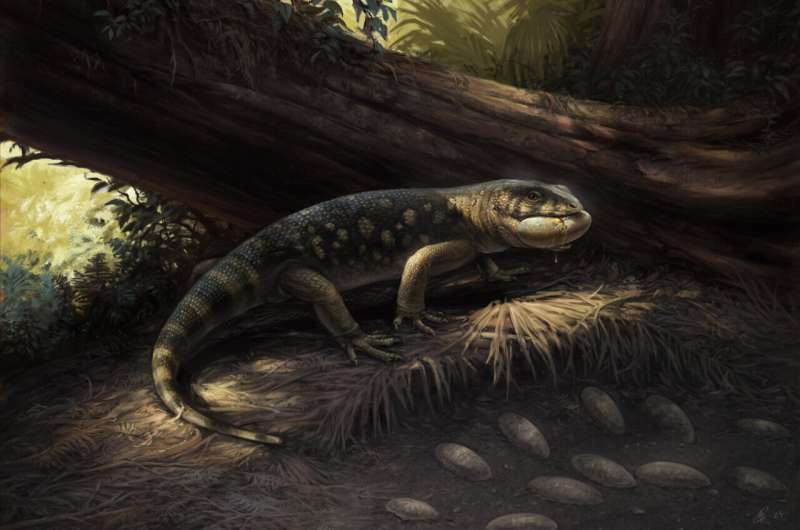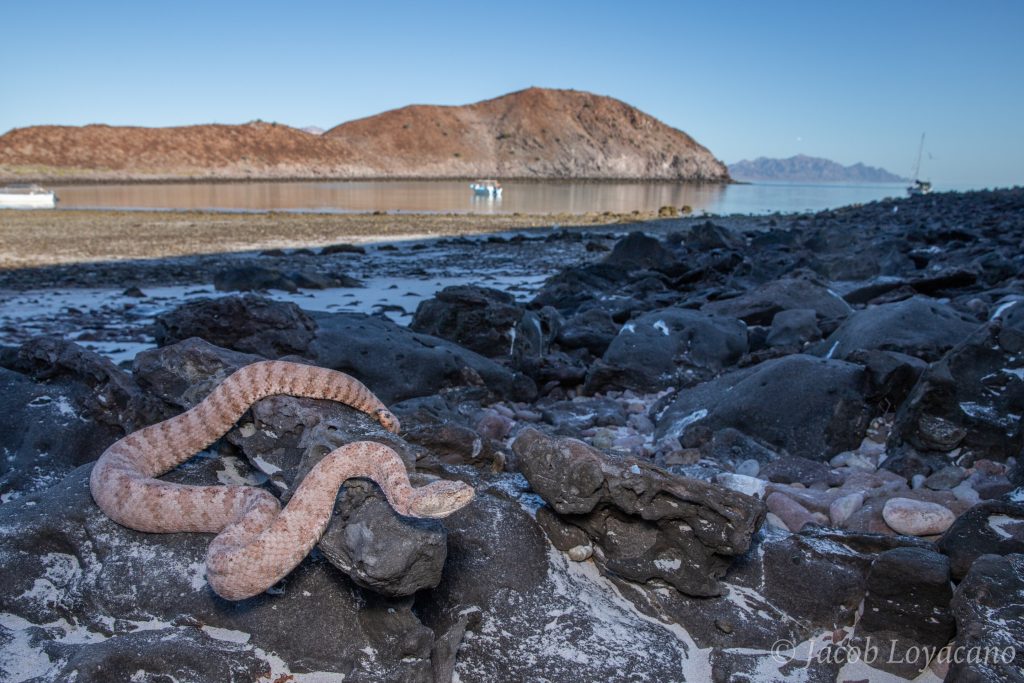In the heart of Utah’s Grand Staircase-Escalante National Monument, a remarkable discovery has emerged—one that not only deepens our understanding of the prehistoric world but also adds a whimsical touch to the labyrinth of evolution. Meet Bolg amondol, a newly described species of armored lizard that reminds us of mythical goblins while shedding light on an era filled with astonishing biodiversity.

Unearthed within the geological treasure trove of the Grand Staircase-Escalante National Monument, Bolg amondol is no ordinary lizard; it’s a glimpse into a world dominated by dinosaurs. Resembling a raccoon in size, this armored creature has sparked excitement in the scientific community, revealing an unexpected diversity among ancient reptiles.
Lead researcher Hank Woolley, affiliated with the Natural History Museum of Los Angeles County, recounted the thrill of discovery. While exploring a collection of specimens labeled simply as “lizard,” he stumbled upon what turned out to be a fragmentary skeleton—an indication of something much more significant. “We have so little knowledge about large-bodied lizards from this era,” he shared, emphasizing the rarity and importance of the find. This study was recently published in Royal Society Open Science.
What’s particularly exciting about Bolg is what it reveals about its lush environment from 76 million years ago, filled with life and diversity. Co-author Randy Irmis, a paleontologist at the University of Utah, pointed out the thriving ecosystem that enabled Bolg to coexist with other large lizards. “This indicates a stable habitat where various species could thrive by accessing different food sources and environments,” he explained.

A Name Fit for a Goblin Prince
The whimsical name “Bolg” is borrowed from the goblin prince in J.R.R. Tolkien’s “The Hobbit,” embodying the monstrous yet intriguing characteristics of these ancient lizards. Woolley chose the name not just for its sound but also for its relevance in understanding the creature’s anatomy. The species name, “amondol,” combines the Sindarin words for “mound” and “head,” paying homage to the distinct mound-like features found on Bolg’s skull.
Unveiling Hidden Treasures
The discovery of Bolg amondol emphasizes how much remains to be uncovered about the ancient world. The fossils from the Kaiparowits Formation hint that larger lizards thrived much more than scientists previously believed. In fact, multiple predatory lizard species coexisted in this subtropical paradise, providing crucial insights into how ecosystems functioned during the Late Cretaceous Period.
Irmis noted the value of museum collections, stating, “We knew this specimen was special when found in 2005, but it took the right expertise to unveil its importance.” Bolg’s remains represent a rich opportunity for further research, offering a treasure trove of information despite being composed of fragmented bones.

The remnants of Bolg include various parts such as skull fragments, vertebrae, and armored scales known as osteoderms. Though they may seem diminutive, these pieces provide invaluable insight into the animal’s anatomy, behavior, and its place in the evolutionary narrative. Woolley noted that even the smallest details help to clarify Bolg’s relationships to other reptiles, including living relatives.
Monsters of the Past
Monstersaurs, the group to which Bolg belongs, are distinguished by their size and armor. These remarkable creatures have been present for over 100 million years, yet research on them remains sparse. Bolg would have been a formidable figure, measuring around three feet long, akin to today’s Savannah monitor lizard—definitely an impressively large reptile!
The connection of Bolg to another species from the Gobi Desert emphasizes the globetrotting nature of ancient reptiles. This discovery adds a fascinating layer to our understanding of prehistoric life, suggesting that smaller animals also traversed vast distances—quite an adventurous thought!
As research in the Grand Staircase-Escalante National Monument continues, it offers a glimpse into the past that highlights the importance of protecting our natural landscapes for scientific exploration. The vibrant records of lizards like Bolg could be key to understanding how these unique ecosystems functioned alongside the dinosaurs.
More information:
New monstersaur specimens from the Kaiparowits Formation of Utah reveal unexpected richness of large-bodied lizards in Late Cretaceous North America, Royal Society Open Science (2025). DOI: 10.1098/rsos.250435
If you would like to see similar science posts like this, click here & share this article with your friends!



